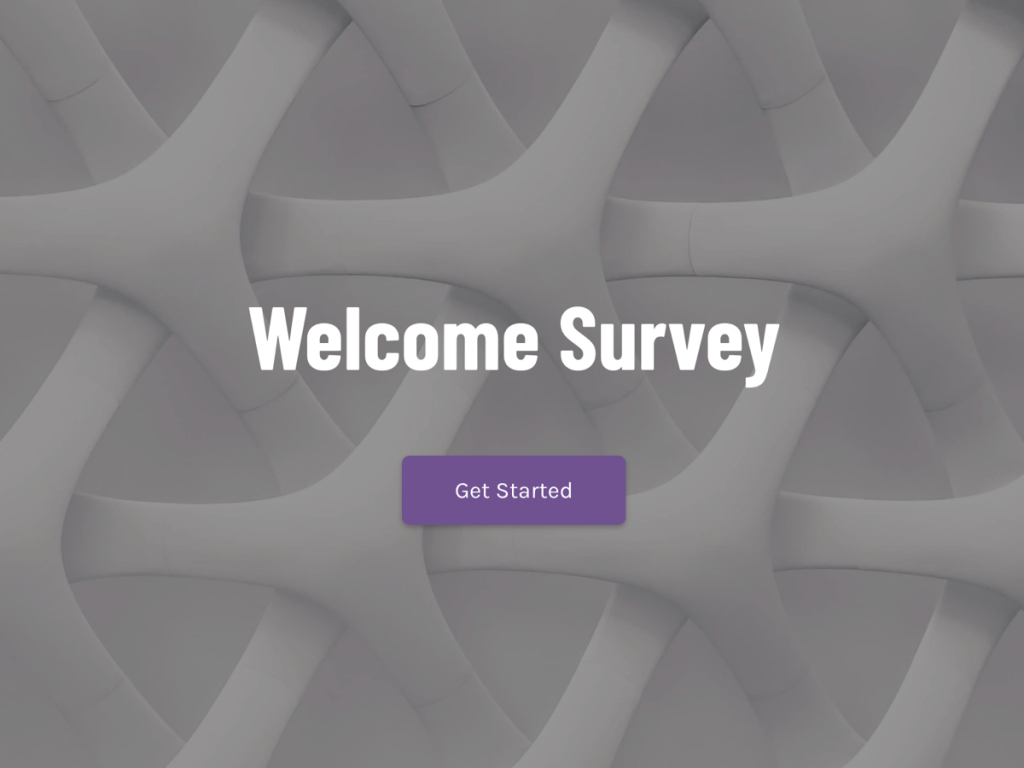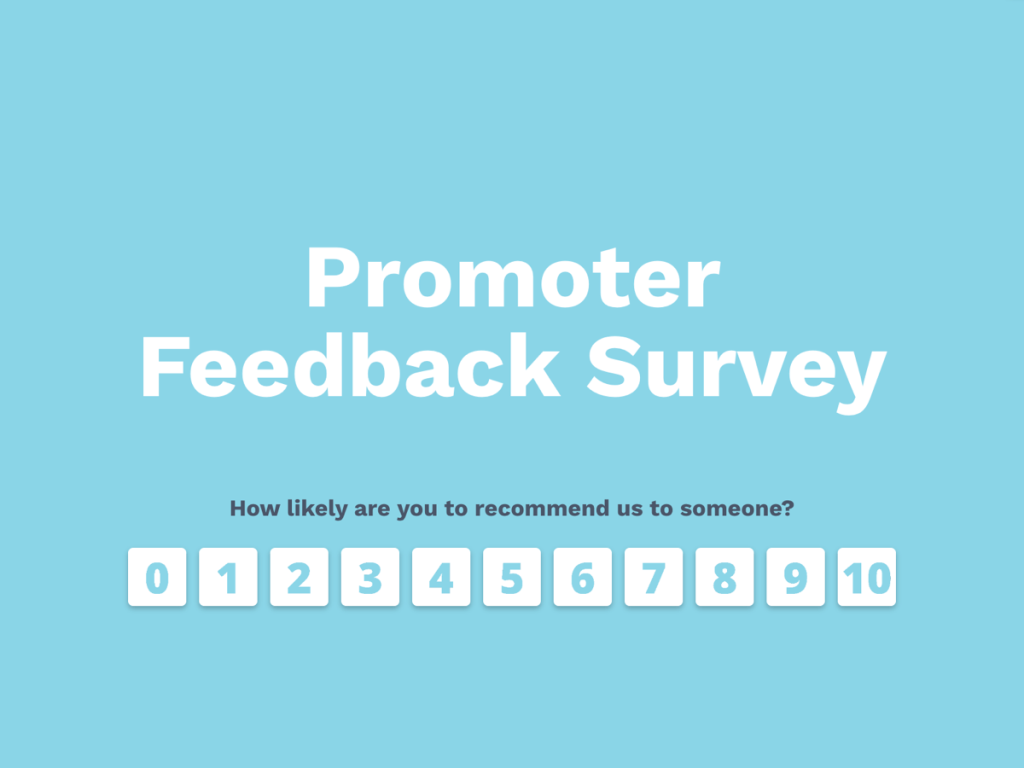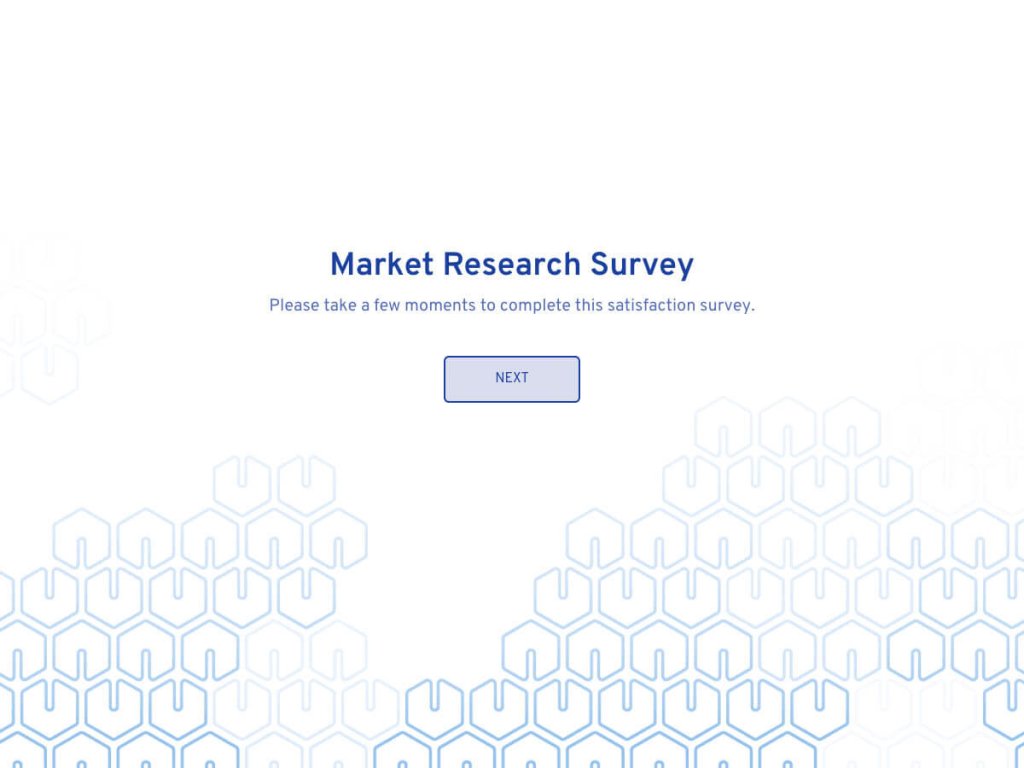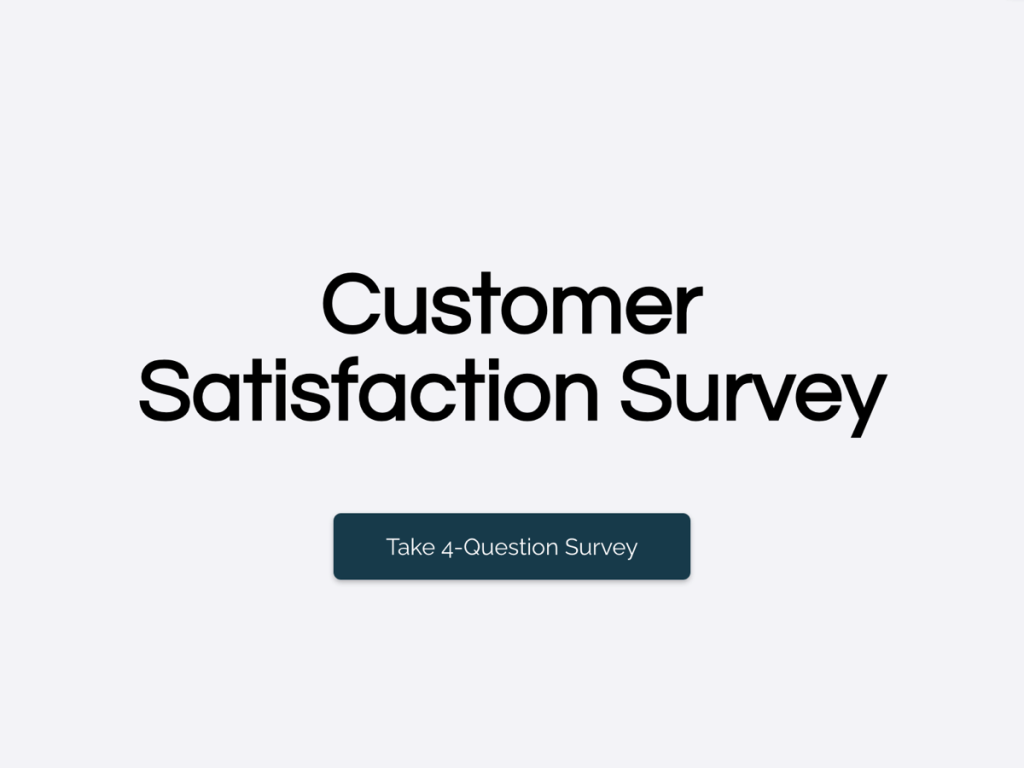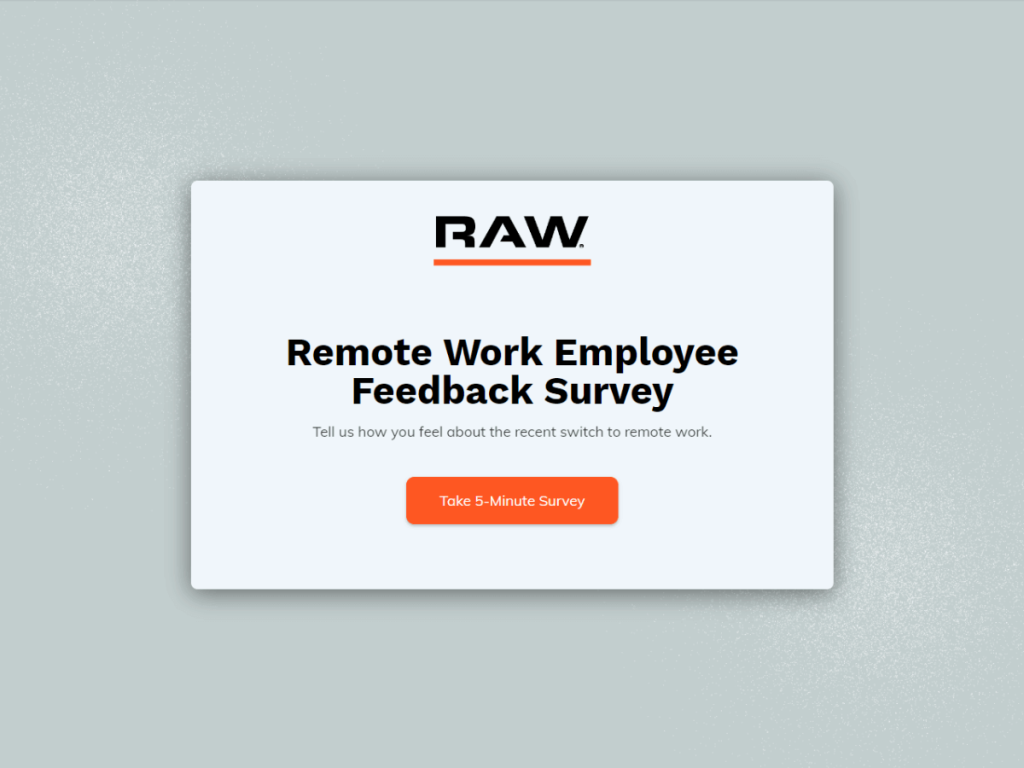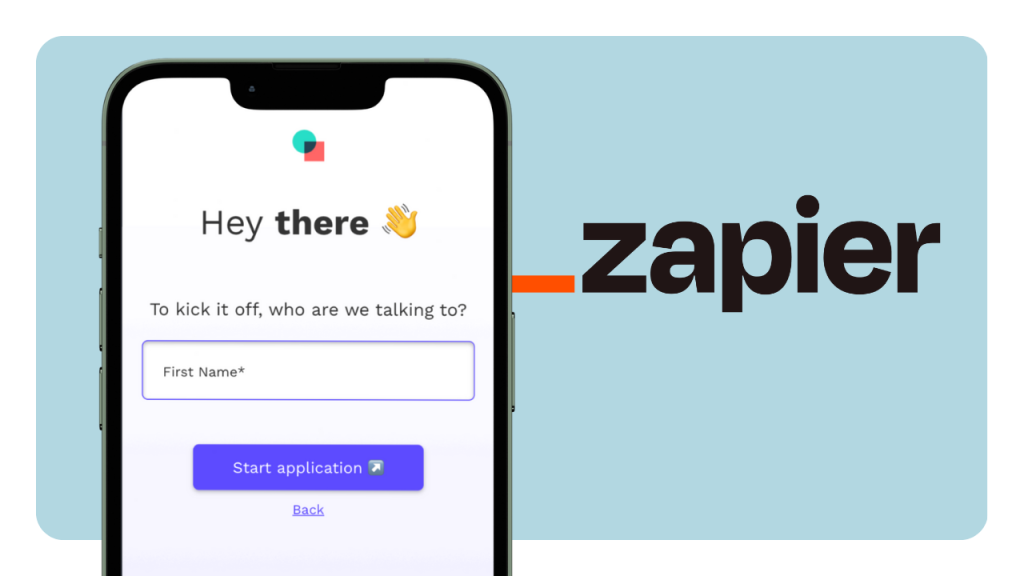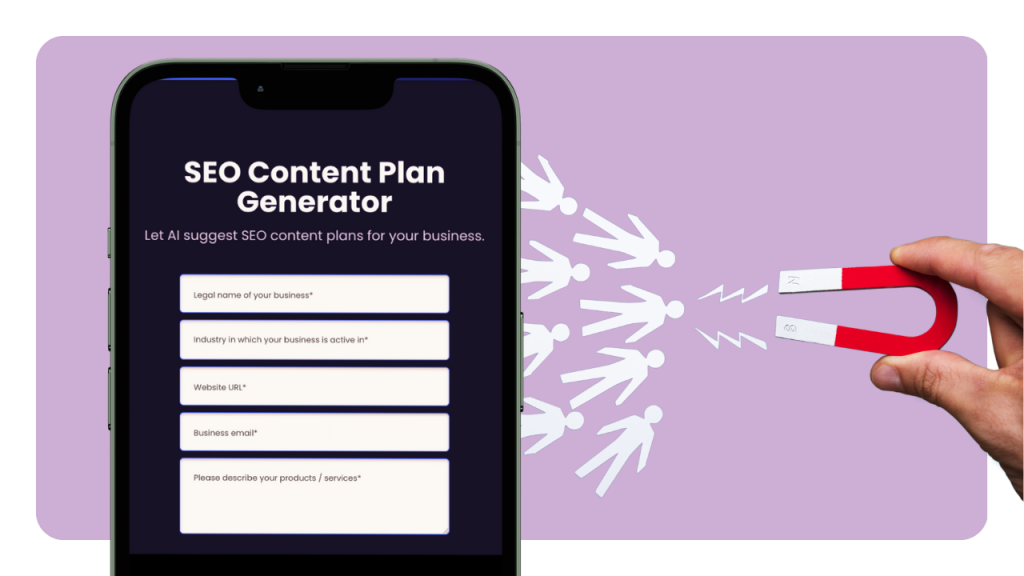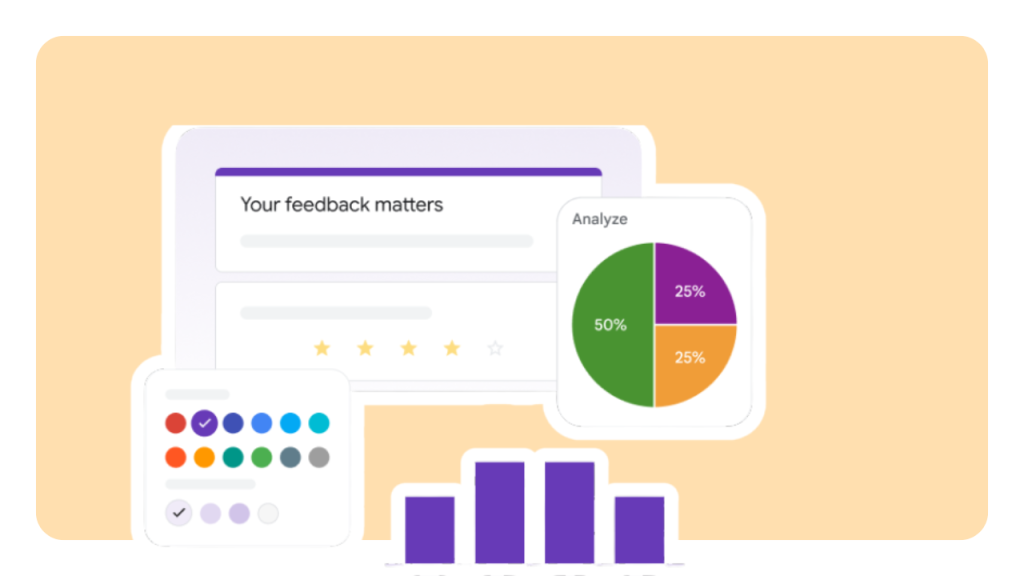There is no doubt that online shopping is a convenient way to purchase goods and services. It’s one of the reasons why more and more consumers are choosing to buy from e-commerce platforms over traditional retail stores.
Get Started with Online Surveys
With One Of Our 300+ Templates
In fact, the estimated number of digital buyers worldwide this year is over 2.14 billion people. And with the COVID-19 effect, global online sales jumped to $26.7 trillion in 2019.
Since the fight against the coronavirus pandemic isn’t over yet, many consumers continue to shop online due to health and safety concerns.
This means that for businesses to thrive in a post-pandemic world, they have to start building a stronger e-commerce presence.
And to do that, they should find out how to give online buyers an unforgettable and hassle-free shopping experience.
If you want to meet and exceed customer expectations, you should get answers directly from the people you aim to please—your customer base.
The good news is that it’s now much easier and faster to collect customer feedback with the help of online surveys.
In this article, we’ll discuss the essential survey questions every e-commerce store should ask its customers to help you improve customer experience, increase sales, and grow your business.
Ecommerce Survey Questions
The basic rule in creating a well-crafted survey is to keep it short and straightforward. To encourage your target respondents to answer the survey and increase completion rates, you should decide carefully which type of questions you’ll be using.
Based on research, a 10-question survey has an 89% completion rate on average. Always take into consideration that your customers are busy people, so it’s less likely that they’ll spend their precious time answering a series of questions.
This means that the longer your survey is, the more hesitant they are to participate.
To be successful in your data collection, let’s discuss the two main types of survey questions and how to use them efficiently.
1.Close-ended questions - allow respondents to pick an answer from a pre-defined list of choices. Use this especially if you’re aiming to analyze quantitative data.
2.Open-ended questions - allow respondents to write down answers using their own words. It’s recommended to use if you’re aiming to analyze qualitative data.
Most e-commerce surveys use a mix of both types to get a well-rounded view of customer insights.
If you’re planning to use close-ended questions, here are some of the different formats to ask them—
Binary Question - Use Yes or No. With only two choices, it’s easy and simple for survey participants to answer.
Multiple choice - Use checkboxes to present the list of choices. Survey participants will tick the box for their answers.
Rating scale - Use a numerical range (0-10 for example) and define the parameters (0=Not likely at all; 10= Extremely likely). From there, survey participants will pick the number that represents their answer. The best example for this is the standard Net Promoter Score (NPS) question— “How likely are you to recommend us to a friend or colleague?”
Likert scale - Use the popular “Do you agree or disagree?” question. Survey participants will express their opinions by picking answers from a scale of strongly agree up to strongly disagree.
How to Define Survey Goals?
When conducting surveys, you should have a specific purpose in mind. Even if you want to uncover everything there is to know about your customers and how they feel about your brand, it’s not feasible to ask too many questions in one go.
There are several factors that can affect the online shopping experience of your existing customers and potential buyers. If you want to assess your e-commerce store’s strengths and weaknesses, focus on a particular factor first, then make changes or improvements based on the results of your survey.
Here are some important factors that you should consider:
Website Usability
Your website serves as your e-commerce platform where internet users can browse products and services and purchase what they need. It’s crucial that your online store has the essential features that can help website visitors navigate with ease.
Did you know that the average bounce rate for e-commerce websites is 47%? A high bounce rate can indicate that your website visitors are having a poor browsing experience.
If more and more visitors leave your website without buying anything, you’ll lose sales. According to research, 88% of people who have a bad user experience are less likely to return to a website.
This is why you should find out and address the issues that are causing online shoppers to leave your e-commerce site. Here are some questions that you can ask:
Did it take too long to load the website?
Did you like the website design?
Did you find what you were looking for?
Why did you decide to leave our website?
What should we do to improve your experience?
Product Selection, Pricing & Stock
There are many other brands offering the same products and services like yours. It’s important that you learn whether online shoppers are satisfied with the range of products you have or not.
You should also learn if they find your prices fair or much more expensive than your competitors. Be mindful of avoiding out-of-stock problems as well.
If online buyers keep seeing items out of stock on your e-commerce platform, they’ll look for similar items elsewhere. No doubt that they’ll land on your competitor’s website.
To prevent that, you can ask the following questions:
Did you find what you were looking for?
Is our pricing clear to you?
What other products do you want to see on our site?
Post-purchase Experience
If you want to build stronger customer relationships and encourage repeat purchases, it’s important that you monitor your online customers’ overall buying experience.
Find out if the items they bought are delivered without any issues and if the quality meets their expectations. Asking for their feedback, comments, or suggestions will make your customers feel valued and heard by your company.
Here are some post-purchase questions that you can ask:
What do you love about your purchase?
Did you receive your order within the expected timeline?
Do you have any comments or suggestions?
Customer Support
One huge benefit of e-commerce platforms is that they allow online shoppers to complete their orders by themselves. They can simply browse products, add items to their cart, and make digital payments to finish their transactions.
While your online customers can make purchases on their own, they might still encounter problems and need help from your customer service team.
This is why you have to make sure that your customer support staff are responsive, friendly, and polite. They should be able to assist your online customers and resolve any kind of issues efficiently.
There are different communication channels that your online buyers can use to contact you. They might use the live chat feature on your website, send you an email, or reach out to you via phone call or through social media.
To monitor every customer touchpoint across multiple channels, you should consider using an omnichannel customer service solution. It will help your customer service team provide personalized support to improve customer satisfaction.
You can ask your customers to rate their experience after every customer service interaction.
E-commerce Survey Distribution Methods
To boost survey response rates, you should plan carefully how, where, and when to distribute your online surveys. Timing is crucial because your target respondents are active on different channels.
You have to catch their attention and use strategies that will encourage them to take the survey. Here are three distribution methods that you can use:
Web intercept surveys
Email surveys
SMS surveys
Conclusion
Collecting customer feedback helps your business make data-driven decisions. By listening to what your customers have to say, you can make changes and improvements that they will surely love and appreciate.
Studies revealed that customer-centric companies are more profitable. Of course, they owe their success to the customers who are loyal to them.
Creating e-commerce surveys is a great way to show your customers that you care about them and that you are committed to providing them with the best online shopping experience.
To get started, find the right survey tool with all the features you need to create a well-designed online survey. involve.me is a no-code content builder that can help you produce fun and creative surveys to collect better data.
Get Started with Online Surveys
With One Of Our 300+ Templates
Author
Mary Paulene Omae San Miguel is a content writer for RingCentral, a leading provider of global enterprise cloud communications, video meetings, collaboration, and contact center solutions. She has a Bachelor’s degree in Journalism and a great passion for learning foreign languages. She also has previously written for GreyCampus and MeetFox.

